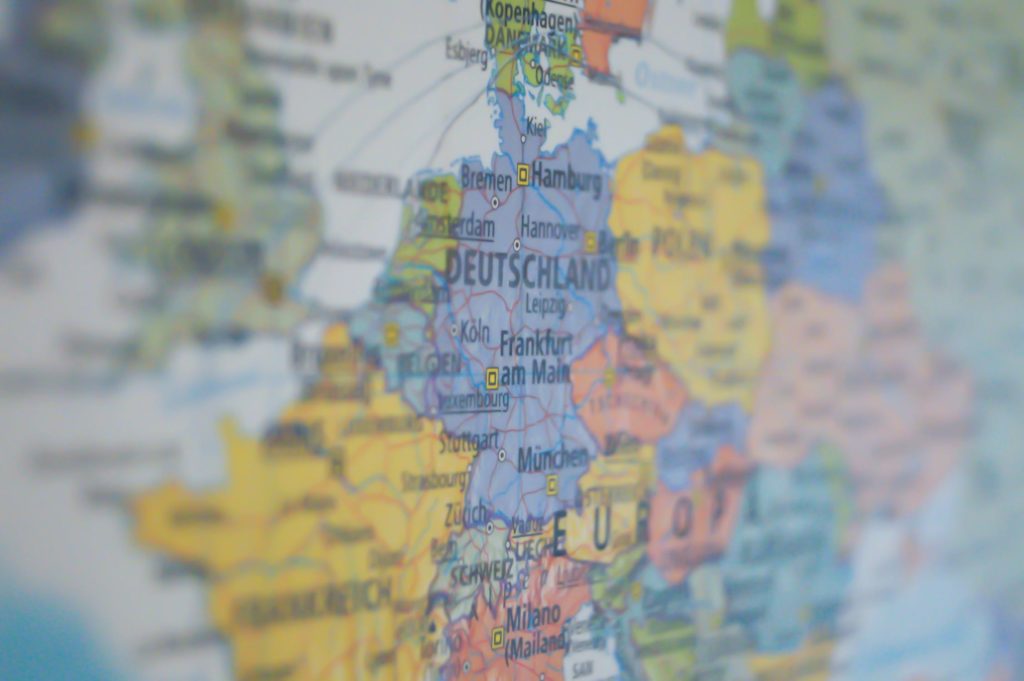In Canada, the biggest outbreak of listeria in recent memory was in 2008; there were 57 confirmed cases and 22 deaths. It led to a costly recall and political reckonings; to this day, it stands out as one of Canada’s most notable pathogen outbreaks.
The series of listeria outbreaks in Europe from 2015 to 2019 resulted from a confluence of factors. These have meaningful lessons for Canada and the increasingly interconnected global food industry.
What Is Listeria?
 Listeriosis is a disease caused by the listeria bacteria, specifically Listeria monocytogenes. It can lead to fever and diarrhea, much like other foodborne germs. However, it can become invasive listeriosis when the bacteria has spread beyond the gut, which can lead to worse symptoms. When compared to other bacterial pathogens, listeria leads to higher hospitalization rates and fatalities.
Listeriosis is a disease caused by the listeria bacteria, specifically Listeria monocytogenes. It can lead to fever and diarrhea, much like other foodborne germs. However, it can become invasive listeriosis when the bacteria has spread beyond the gut, which can lead to worse symptoms. When compared to other bacterial pathogens, listeria leads to higher hospitalization rates and fatalities.
After exposure to contaminated food, most healthy adults do not develop any symptoms. The illness affects pregnant women, newborns, and adults with a weakened immune system the most, and these vulnerable populations make up most of those who suffer and are hospitalized by listeria.
What Has Been Happening In Europe?
In recent years, countries across Europe experienced widespread outbreaks of listeria. In 2017, for instance, a report from the European Centre for Disease Prevention and Control (ECDC) identified more than 2,500 confirmed cases of listeria and 220 deaths across the continent. The 2019 Epsilon1 outbreak was the largest ever in Germany and one of the largest documented outbreaks of invasive listeriosis in Europe in over 25 years.
In this time, Germany and France had the most confirmed cases and fatalities, making up 44 percent of all infections reported in the EU and European Economic Area. When we compare other outbreaks to our 2008 experience in Canada, we might believe that tracing an outbreak to one source is easy. However, many factors contributed to the listeria outbreak in Europe. Luckily, many countries in the EU have implemented molecular surveillance programs to improve the recognition and management of listeriosis outbreaks.
A Changing Population
Listeria outbreaks can be hard to control for several reasons: case numbers tend to be low, impeding the creation of a valid hypothesis related to food sources; as well, incubation times can be long, up to 67 days. With many possible food sources (especially in Europe, with many different countries and standards outside the EU), patient interviews and tracing can be difficult.
However, several factors point to the easy spread of listeriosis in Europe. The first is the increased size of the elderly population, according to ECDC. The American CDC found that those aged 65 and older are four times more likely to get listeria infection than the rest of the population. Raising awareness of listeriosis and the impacts risky food products can have on vulnerable groups is necessary.
Packaging Instructions
 L. monocytogenes can survive many different conditions. It can form a hard-to-remove film on equipment in processing facilities, multiply at refrigeration temperatures, and a report in the CDC journal Emerging Infectious Diseases says it can acquire a tolerance to sanitizers used to disinfect equipment. All this is to say that listeria can make it into our homes when a facility isn’t careful enough. Consumers must follow the instructions on the packaging.
L. monocytogenes can survive many different conditions. It can form a hard-to-remove film on equipment in processing facilities, multiply at refrigeration temperatures, and a report in the CDC journal Emerging Infectious Diseases says it can acquire a tolerance to sanitizers used to disinfect equipment. All this is to say that listeria can make it into our homes when a facility isn’t careful enough. Consumers must follow the instructions on the packaging.
For example, one outbreak was traced to frozen vegetables processed and packaged in Hungary. In Scotland, health officials seemed to blame people for not following instructions when preparing frozen sweet corn. For example, they cautioned that, if the product does not have a “ready to eat” label, consumers should strictly follow the cooking instructions before eating the food. As mentioned above, listeria has a long incubation period, and with the long shelf life of frozen vegetables, their consumption can occur after a recall has receded from memory.
Products That Are More Conducive To Bacterial Growth
Finally, another cause of outbreaks comes from products sold on the European market that are more likely to carry pathogens. The source of the Epsilon1 outbreak in Germany, for instance, was blood sausage. While blood sausage is treated with heat during production, contamination can likely occur during the slicing or packaging stages. Buying and eating blood sausage sold in a particular supermarket chain correlated strongly with listeriosis.
Dairy products are another common source of outbreaking, having been associated with roughly half of the reported listeria outbreaks in Europe. The consumption of unpasteurized milk products, i.e. raw milk, is the key culprit. Canada is the only G8 country (a group that includes the EU, Japan and the United States) to ban the sale, transportation and consumption of raw milk.
As you can see, many factors combine to create listeria outbreaks in countries all over Europe. Control measures at the farm and processing levels, as well as consumer knowledge, can prevent the contamination of food products!
